When I was five years old my parents built a new home on the farm and they chose Mount Gambier stone blocks. The blocks are large, sawn out of a limestone quarry in Mount Gambier, South Australia. Many of the homes in the city of Mount Gambier are made of the same building material - some are left the natural creamy colour, most are rendered.
The area was covered in a warm, shallow ocean 30 million years ago and the result is a thick layer of limestone formed when the remains of tonnes of sea creatures and corals dropped to the ocean floor. It has been utilised as a building material, road surfacing material. It has eroded into beautiful coastlines, famous caves, sinkholes and lakes.
Mount Gambier Limestone (fossiliferous limestone) originated from extensive colonies of bryozoa (or lace coral) that flourished on an open-marine shelf, formed over 30 million years ago. Its composition consists of bryozoa, foraminifea and echinoid spines and plates.
 |
My sisters, Kaye and Anne, standing next to the
house made with Mount Gambier stone. |
Last week we explored several areas along the coast. There are settlements (Port MacDonnell, Nene Valley, Carpenter Rocks, Pelican Point etc) dotted along the coast and all are linear, only several blocks wide. I'm not sure of the history but I'm guessing all started life as fishing shacks but the majority of the homes there now are very stylish and expensive-looking. Freshwater lobsters and fishing, diving and snorkelling are the drawcards. Apparently the fish and lobsters are in plentiful supply because of an annual event called the Bonney Upwelling which I had never heard of. Cool, nutrient-rich water surfaces along the Limestone Coast.
The Continental Shelf, which acts like a fish highway as it runs in an east/west direction off Portland and Port MacDonnell; and, the cold-flowing Bonney upwelling that pushes along the ocean floor before coming to the surface on the Shelf line. It is here that the all-important krill and other microorganisms gather. This starts an unbelievable food chain sustaining the smallest creature up to the biggest mammal on the planet. [Fishing Monthly]
We should have allowed more time because there is a lot to see and do. We only scratched the surface. It was extremely windy when we were there and I think that's normal. Shipwrecks were normal as well. The coast was treacherous. I guess it still is.
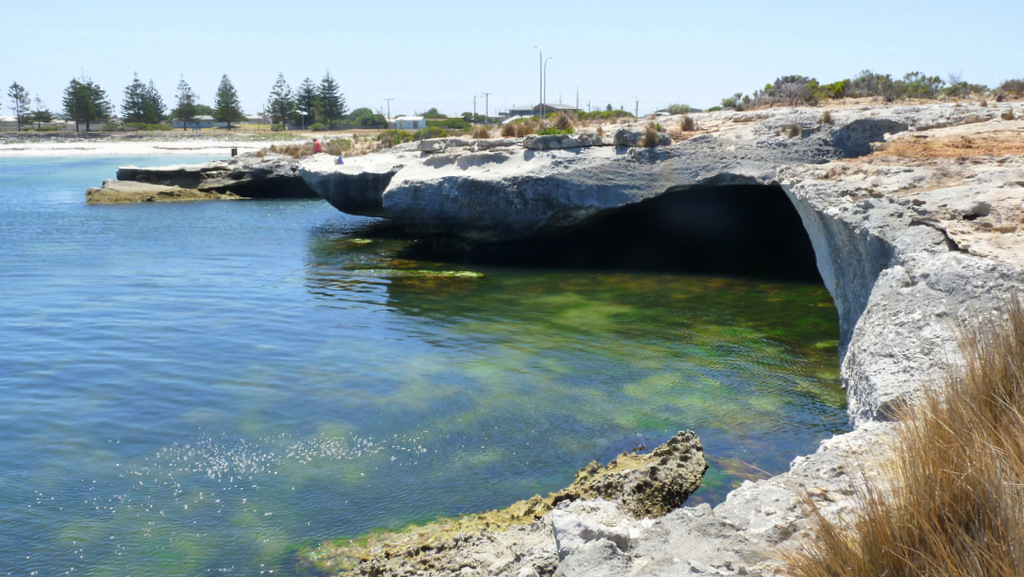.JPG) |
| Blackfellows Caves |
.JPG) |
| Blackfellows Caves |
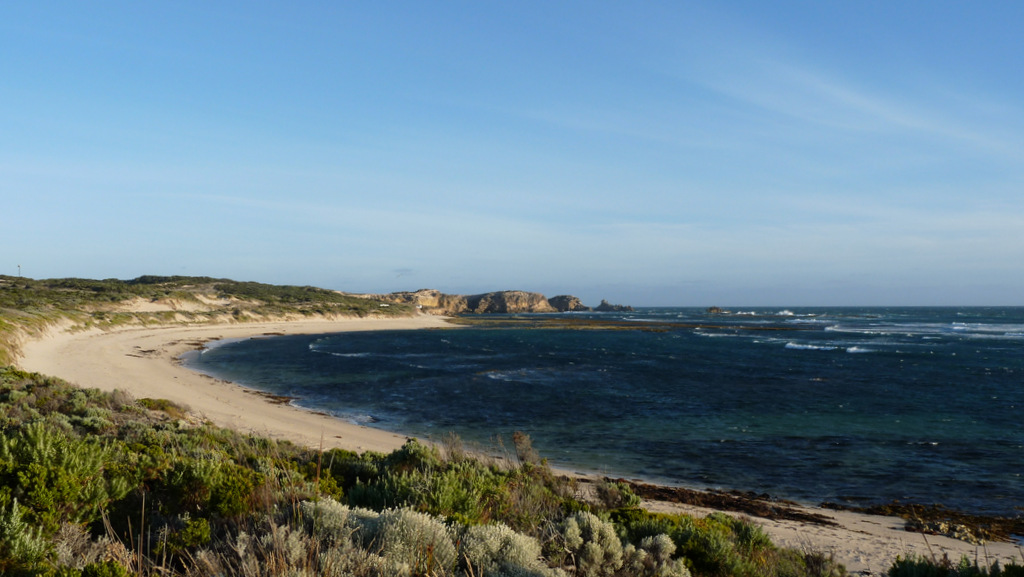.JPG) |
| Cape Northumberland |
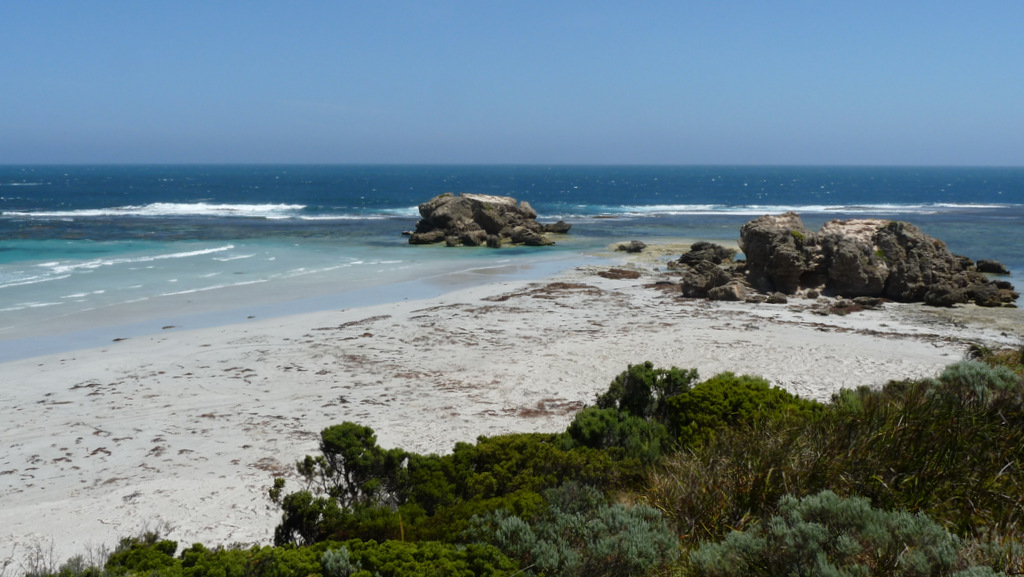.JPG) |
| Cape Banks |
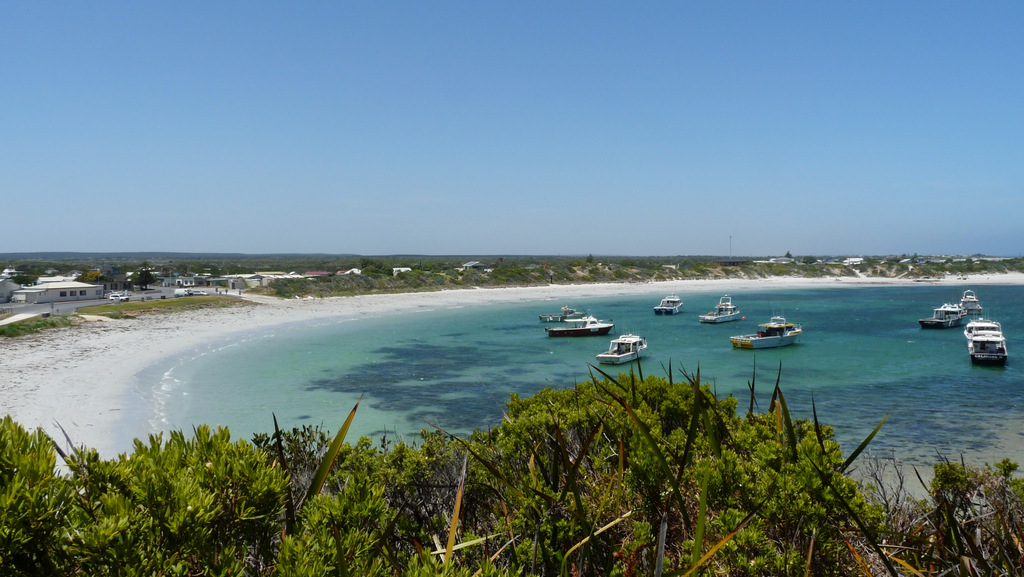.JPG) |
| Carpenter Rocks |
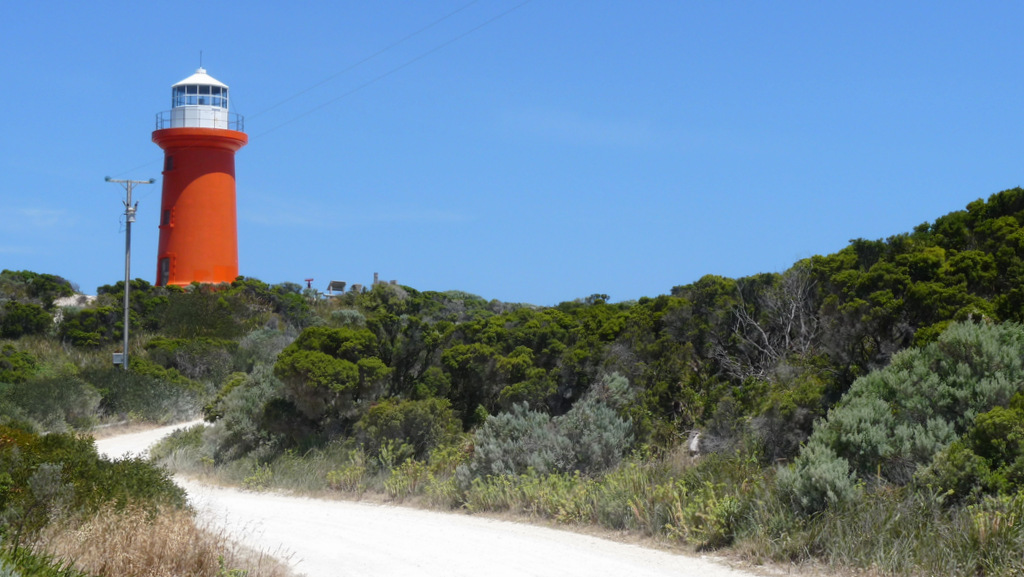.JPG) |
| Cape Banks lighthouse |
 |
| Nene Valley |


2 comments:
Thanks Bushranger for a nice mix of history, current information and enticing photos to wet my appetite for a trip to this part of the world in autumn 2015.
Thanks Avithera
Totally Beautiful!Thank You,Your Photos Brightened My Day.
Post a Comment